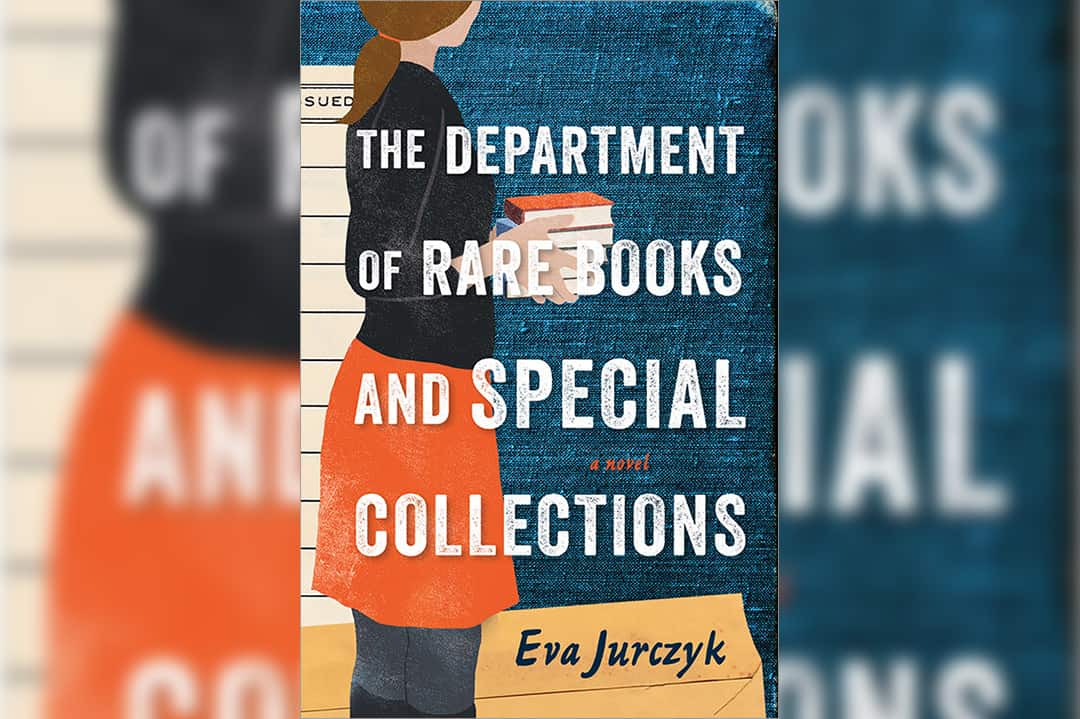In U of T librarian Eva Jurczyk’s debut novel, The Department of Rare Books and Special Collections, an interim library director finds that a valuable manuscript has disappeared before it is even made available to the public eye. The book delves into the livelihood of librarians, whose dutiful work is often underappreciated, and the relationships they form while at work.
Before reading this novel, I had not read a lot of mystery novels, which might be the reason why it was initially harder for me to become invested in its plot. Nevertheless, while cozying up to a tea mug and a warm blanket, I found it to be the perfect winter read.
The novel is told from the point of view of its protagonist, Liesl, who works at a university library. When Liesl’s library director undergoes a medical emergency, she becomes the library’s new acting director. Within days of her promotion, a newly acquired manuscript goes missing. Liesl works diligently with the help of her coworkers to retrieve the missing manuscript, which is originally thought to be misplaced, but is then discovered to be stolen.
Although the novel’s ultimate outcome was predictable, there were many times when I incorrectly guessed the identity of the manuscript thief. Ultimately, this mystery was what kept me flipping through the pages. I liked that Jurczyk created a suspenseful buildup.
Liesl’s character was also fascinating. A lot of women protagonists I read about are young and just beginning their careers. In this case, we read about a woman who is older and more experienced in her work. Throughout the narrative, however, I noticed that Liesl is often undermined by the men under her supervision. As the novel progresses, we see Liesl overcome these adversities by learning how to stand up for herself and put power-hungry men — such as university President Garber — in their place.
This brings up another important theme: that people in positions of power will do whatever it takes to protect their institutions. A debate that often emerges in the novel is about whether or not Liesl and her coworkers should keep the book’s theft concealed or report it to the police. During this conflict, many of Liesl’s men coworkers urge her not to tell the police because the manuscript’s donors would stop donating to the institution if they found out it was stolen. Liesl obliges until one of her coworkers goes missing, and she eventually decides to report the theft to the police.
Jurczyk drew much of the novel’s inspiration from everyday life at U of T. As a current student, it was fun to notice common campus locations — such as Robarts Library — depicted in this fictional novel. These Toronto-based descriptions also helped me visualize some of the book’s scenes. In an Instagram story, Jurczyk pointed out that Magic Noodle on Harbord Street was the inspiration for a common dining area in her book, so I’ll be checking it out soon.
The Department of Rare Books and Special Collections is a perfect example of why writing about things you know works well. I think that many students can find comfort in the story’s main setting — a library, where we often find solace and the occasional study session. With its underlying themes of gender discrimination in the workplace, mental health struggles, and relationship scandals, there is more to this mystery novel than what meets the eye — just like the university it depicts.
If you’re looking for a quick read with great writing and a strong storyline, then read The Department of Rare Books and Special Collections — I guarantee you won’t be disappointed.


